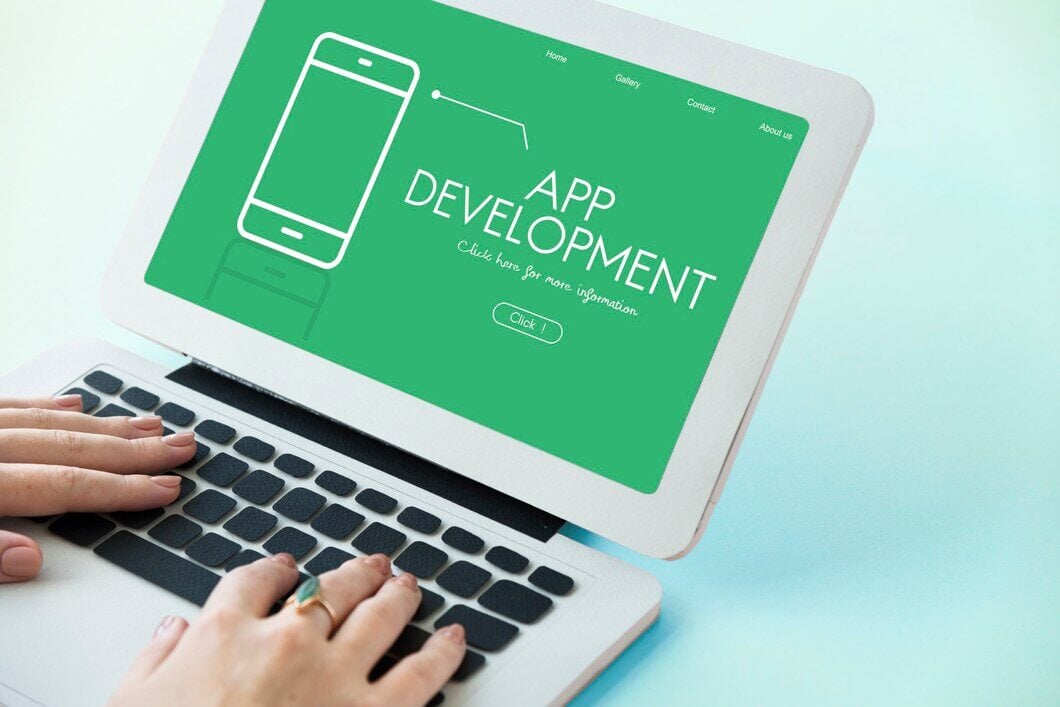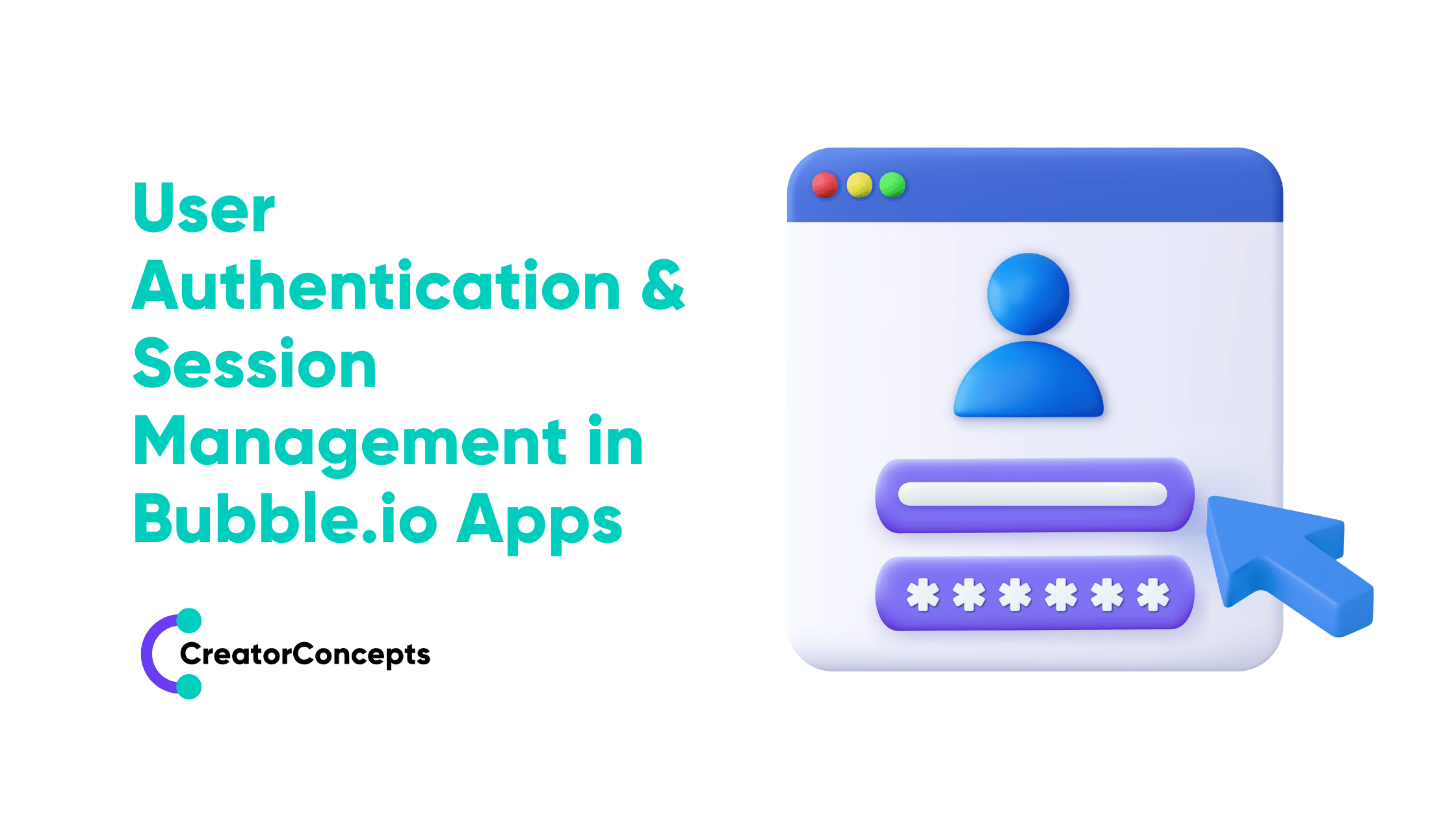Strategies for Agile MVP Development
Creating a Minimum Viable Product (MVP) is an essential step in developing a new app or platform. An MVP allows you to test your idea with real users quickly and gather early feedback. Agile development is a popular method for building an MVP because it focuses on flexibility and quick iterations. This helps in making improvements based on user feedback, ensuring the final product meets their needs.
Agile MVP development combines the principles of MVP and Agile. This approach delivers a streamlined, efficient process for bringing a product to market. By focusing on the most important features first, you can launch sooner and start learning from your users right away. Agile methods help you to adapt to changes and make continuous improvements.
Understanding the strategies for Agile MVP development can help you create a successful product. By focusing on key components, implementing Agile practices, and avoiding common mistakes, you can ensure your MVP is effective and user-friendly. These strategies are crucial for turning your vision into a reality quickly and efficiently.
Understanding Agile MVP Development
Agile MVP Development combines two powerful concepts: Agile methodology and the Minimum Viable Product (MVP). Agile focuses on flexibility and continuous improvement, while an MVP is a basic version of a product with just enough features to be usable. Together, they create a fast and efficient way to develop products.
Agile Principles:
- Iterative Development: Agile involves creating the product in small stages or iterations. Each iteration adds new features or improvements.
- User Feedback: User input is crucial at every stage. It helps identify what works and what needs fixing.
- Flexibility: Agile allows for changes and adjustments based on feedback and new insights.
MVP Concept:
- Core Features: An MVP includes only the essential features. This allows you to test the main idea quickly.
- Early Launch: By launching the MVP early, you can start getting feedback from real users sooner.
- Resource Efficiency: Focusing on core features saves time and resources, reducing the risk of investing in a product that might not succeed.
Combining Agile and MVP means you are always ready to adapt. This leads to a better product that meets user needs and can be developed efficiently.
Key Components of a Successful MVP
Creating a successful MVP involves focusing on several key components. These components ensure that your MVP is effective, user-friendly, and ready for real-world use.
Essential Features:
- Identify Core Functions: Focus on the features that are absolutely necessary for the product to work. These should solve a specific problem or meet a particular need.
- Prioritise Simplicity: Keep it simple. Avoid adding too many features that can complicate the MVP and delay its launch.
User Experience (UX):
- Easy Navigation: Make sure your MVP is easy to navigate. Users should find it intuitive and straightforward.
- Engaging Design: A clean, engaging design can make a big difference. Ensure the interface is appealing but not cluttered.
Testing and Feedback:
- Collect Data: Use analytics to track how users interact with the MVP. This provides valuable data on what works and what doesn’t.
- User Testing: Conduct tests with real users. Gather their feedback and make necessary adjustments.
Performance:
- Speed and Reliability: Your MVP should perform well under different conditions. Ensure it is fast and reliable, with minimal downtime.
- Scalability: While the MVP is a basic version, plan for scalability. This means the product can grow and handle more users over time.
Security:
- Data Protection: Ensure that user data is secure. Implement basic security measures to protect against potential breaches.
- Compliance: Make sure your MVP complies with relevant regulations and standards.
By focusing on these key components, your MVP will be well-prepared for initial launch and real-world use. This sets a strong foundation for further development and eventual success.
Steps to Implement Agile Practices in MVP Development
Implementing Agile practices in MVP development involves several important steps. These steps help create an efficient process that can adapt and improve over time.
1. Define Your Vision:
- Set Clear Goals: Outline what you aim to achieve with your MVP. Define the core functions and target audience.
- Prioritise Features: List all possible features and rank them by importance. Focus on the most crucial ones for your MVP.
2. Form a Collaborative Team:
- Cross-Functional Team: Create a team with diverse skills, including developers, designers, and marketers.
- Regular Meetings: Hold daily stand-up meetings to discuss progress and address any issues promptly.
3. Iterative Development:
- Short Sprints: Develop in short cycles, usually 1-2 weeks. Each sprint should produce a usable increment of the product.
- Continuous Testing: Test the product at the end of each sprint. Collect feedback and make necessary adjustments.
4. Collect and Act on Feedback:
- User Engagement: Involve real users in the testing process. Their feedback is invaluable for making improvements.
- Analyse Data: Use analytics to track user behaviour and performance. Identify trends and areas for improvement.
5. Review and Improve:
- Sprint Retrospectives: After each sprint, hold a retrospective meeting to discuss what went well and what could be better.
- Implement Changes: Act on the feedback and make improvements in the next sprint.
These steps ensure that Agile practices are effectively integrated into your MVP development. This results in a flexible, user-focused product that can adapt and grow.
Common Mistakes and How to Avoid Them
Developing an MVP using Agile methods can present challenges. Knowing common mistakes and how to avoid them can save time and resources.
1. Overcomplicating the MVP:
- Mistake: Adding too many features to the MVP makes it difficult to develop and test effectively.
- Solution: Focus on the core functions that address the main problem. Keep it simple and grow from there.
2. Neglecting User Feedback:
- Mistake: Ignoring feedback from users leads to a product that doesn’t meet their needs.
- Solution: Regularly involve users in the testing process. Collect their feedback and make informed adjustments.
3. Poor Communication:
- Mistake: Lack of coordination and communication within the team can cause delays and misunderstandings.
- Solution: Hold regular meetings and ensure everyone understands their roles and tasks.
4. Inadequate Testing:
- Mistake: Skipping or rushing testing phases leads to a buggy, unreliable product.
- Solution: Implement continuous testing throughout the development process. Address issues as they arise.
5. Ignoring Data:
- Mistake: Analysis of data from user interactions can result in missed opportunities for improvement.
- Solution: Use analytics tools to gather data on user behaviour and performance. Make data-driven decisions for enhancements.
Avoiding these common mistakes helps ensure your Agile MVP development process runs smoothly. It leads to a more effective and user-friendly product.
Conclusion
Creating an MVP using Agile methods offers a streamlined and efficient approach to product development. You can create a successful product that meets user needs by understanding Agile MVP development, identifying key components, implementing Agile practices, and avoiding common mistakes.
Agile practices enable flexibility and continuous improvement. This ensures your MVP adapts to user feedback and changing requirements. By focusing on core features, collecting user data, and maintaining clear communication, you can develop a strong foundation for your product.
At CreatorConcepts Limited, we specialise in bringing your vision to life with Bubble’s no-code platform. Ready to turn your idea into reality with the assistance of Bubble developers? Contact CreatorConcepts Limited today, and let us help you create your Agile MVP.
 By
By


